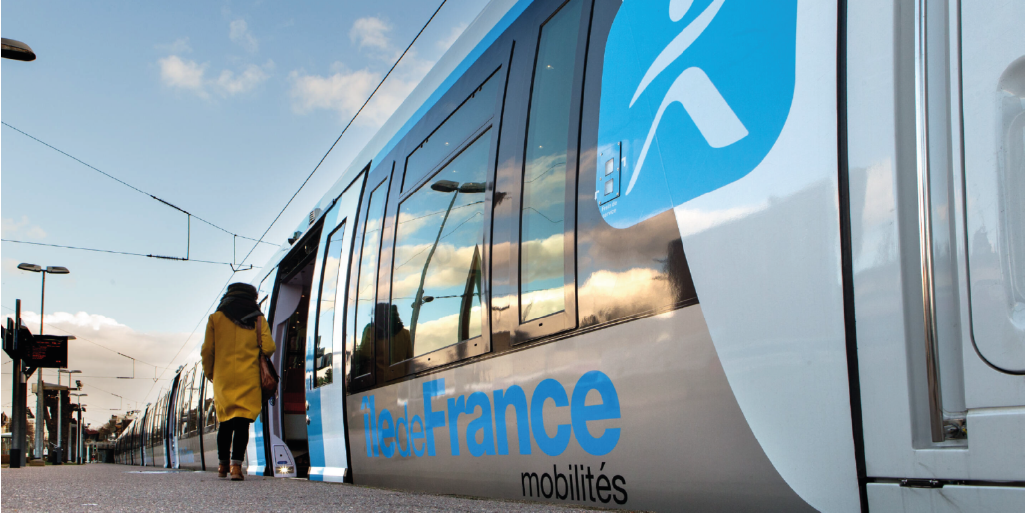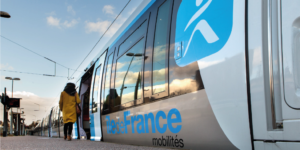Pandemic, transport paralysis, bankruptcy of a major player in the mobility sector,… The year 2020 will have left a deep impression on us, but we didn’t want to focus only on the negative. Indeed, 2020 was also a year marked by innovations or changes in the field of mobility. Presentation of the first flying cabs by Uber at the CES de las Vagas, the introduction of free transport in Luxembourg and the first successful test of the Hyperloop with two passengers on board. These 12 events will undoubtedly give new impulse to the mobility sector in 2021.
1.The flying cab prototype, unveiled by Uber and Bell at CES Las Vegas

A highlight of January, the CES in Las Vegas has been showcasing the most innovative technologies for more than 50 years. This year’s show was mainly focused on mobility, to Lyko’s delight. In concrete terms, this edition was marked by the presentation of the flying vehicle manufactured by Uber, in partnership with the Korean car manufacturer, Hyundai. A flying cabs will initially require a pilot, but will eventually become completely autonomous.
Announced for the year 2023, the flying cab prototype will be able to travel at a maximum speed of 289 km/h up to an altitude of 600 meters. The all-electric flying car will take off and land vertically. It will be able to carry a total of 4 passengers and will have a range of approximately 96 kilometers. Eric Allison, CEO of Uber Elevate, believes that “Hyundai has the potential to build Uber Air vehicles at a speed never before seen in today’s aerospace industry”. Far from being its first partnership, Uber had already partnered with giant Bell Flight at CES 2019.
2. The first connected ambulances in Estonia
Imagine for a moment, a much smoother and faster medical care? In Estonia, this is currently the case with ambulances connected directly to hospitals. This translates into information about the patient’s diagnosis being transmitted directly from the ambulance. No more “debriefing” on arrival! A real time-saver, saving lives that are sometimes a matter of minutes away.
A true technological innovation, this system allows immediate care, avoiding spending time on basic examinations. “That’s how we save lives. I’m proud of our hospital and our ambulances,” says the hospital coordinator proudly. All this is made possible thanks to electronic identity cards, gathering a lot of other information. Indeed, the Estonian state has developed a card containing medical information, bus cards, insurance, driving licence, means of payment, …
3. Bye Bye tickets to Luxembourg
Since the beginning of March, public transport has been free in Luxembourg Whether you are a resident or a traveler, board a bus, train or tram as you wish ! You will only need a ticket to travel first class by train, or if you wish to cross the Luxembourg border. Described as an “important social measure”, this free ticket should greatly ease the transportation budget of families. In fact, 40% of households use public transportation in Luxembourg on a daily basis. These savings are estimated at nearly €100 per year per family.
The entry into force of this measure will also help reduce traffic congestion. Indeed, free transportation will influence residents to abandon their cars. According to a survey conducted by the Luxembourg research institute TNS Ilres in 2018, nearly 47% of business trips are made by car. A significant figure in a country with only 610,000 inhabitants, which is today the first and only country to establish this measure, nationwide ! To find out why other countries do not try the experience, we advise you to take a look at our infography : Free public transport, future or utopia ?
4. 9 billion invested by Germany in the development of hydrogen-powered aircraft
By 2035, the airplane of the future could be carbon neutral. But for this to happen, massive investment in research and development, as well as several technological breakthroughs are required.
Hydrocarbons and their developments are of growing interest. Germany intends to seize this opportunity, investing 9 billion euros over the next few years. Its goal is to become the world’s leading producer of hydrogen. For the time being, hydrogen technologies meet the expectations of green energy advocates.
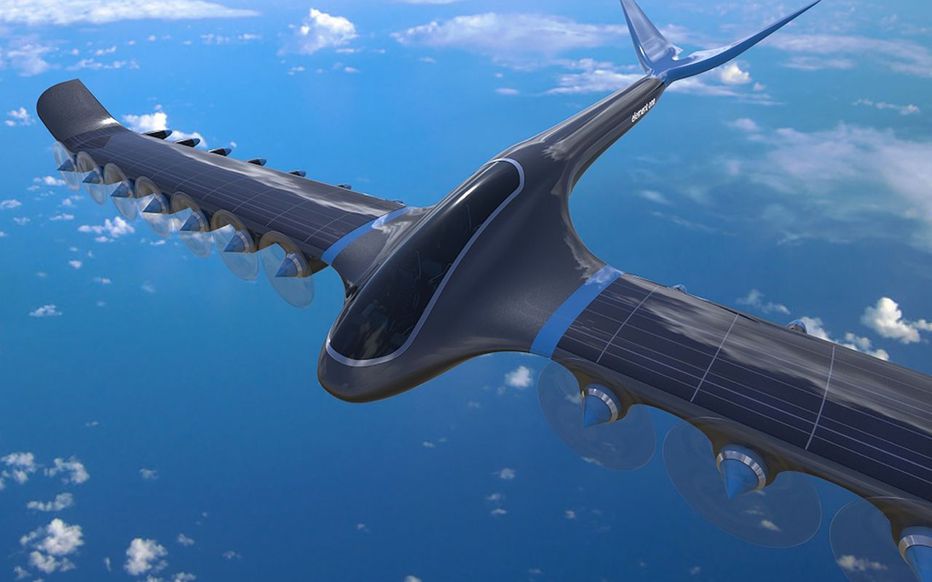
5. OUIGO, low cost trains arrive in Spain
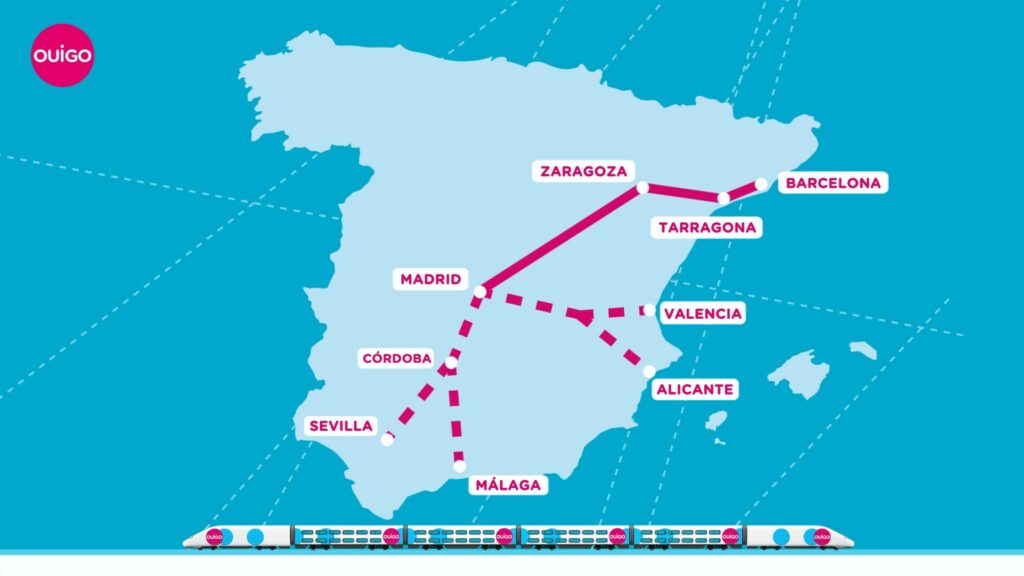
Ouigo’s low-cost high-speed trains are conquering the Spanish market. At a press conference attended by the CEO of Voyages SNCF, Alain Krakovitch, and the President of Ouigo Spain, Hélène Valenzuela, announced the launch of a new line between Barcelona and Madrid on March 15, 2021. A new offer which promises to offer tickets on average “50% cheaper than Renfe”.
As we can see in the map, five return trips per day between Madrid, Aragon and Catalonia. Five others between Madrid and the Valencia region. And finally, the last five between Madrid and Andalusia. Indeed, in order to “take the best to meet the expectations of Spanish passengers”, the 14 duplex TGV trains will accommodate 509 passengers. Built by Alstom, they will have a Ouibar, unlike its tricolor big brother.
6. Lime, Dott et Tier, the only only scooter allowed in Paris
Sixteen operators in running and finilly only 3 winners ! In December 2019, the City of Paris officially published its call for tenders to select only three scooter operators in the capital. The results finally came in at the end of July.
The Goal : Regulate the volume of scooters as much as possible, with a maximum of 5,000 scooters per operator. In addition, Lime, Dott et Tier will only have to deploy in the 2,500 “shared storage areas” (ZPR). These are parking spaces reserved, only for free-floating scooter. They can accommodate a minimum of six scooters per operator. To know, how they have been selected, on what criteria, discover our article.
7.Air Car : Successful first flight for the Slovak car
While many companies specialize in the deployment of robotic cabs, the Slovak company Klein Vision has specialized in flying cars. After 18 months of design, their AirCar prototype has just made a very conclusive first flight on November 3rd. In two successful takeoffs and landings, the car flew at an altitude of 450 meters. Indeed, the particularity of this car is to offer both the possibility to drive and fly. This is made possible thanks to an aileron at the rear and the two retractable wings on the sides.
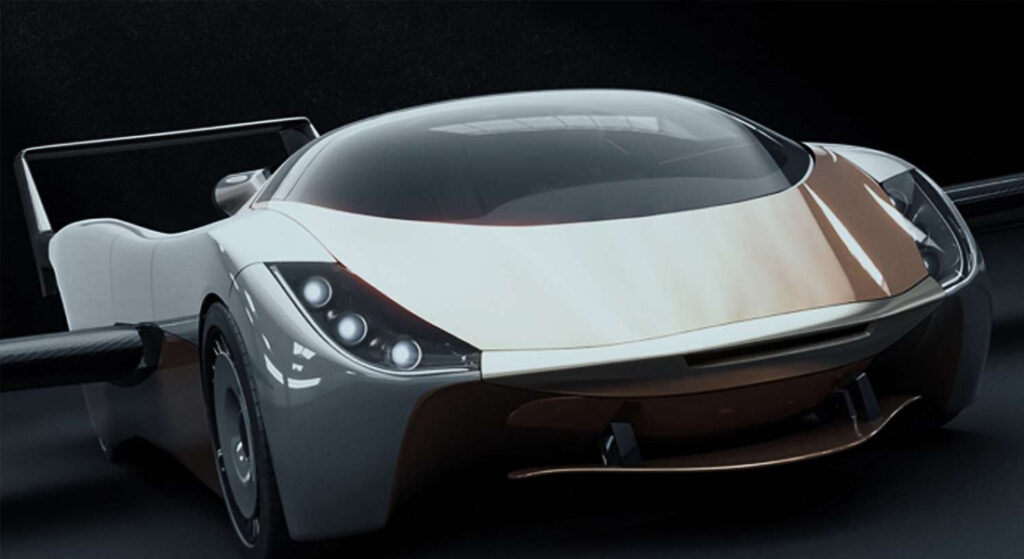
According to Klein Vision, it takes only three minutes to switch from car mode to airplane mode. The vehicle can reach a speed of 200 km/h, with an estimated range of 1,000 km. To date, no marketing date or price has been communicated. However, Klein Vision had announced a price of between 1.2 and 1.5 million euros for its latest AeroMobil model.
8.GAFA at the service of connected mobility in 2020
Google, Apple, Facebook and Amazon are increasingly interested in new forms of mobility and more specifically connected mobility. At the beginning of September, Google announced a partnership with the company Passport. This collaboration will enable Austin to become the first U.S. city in which motorists can pay for their parking space directly from Google Maps. With more than one billion monthly users, Google Maps is now one of the most widely used route planning applications in the world.

Like Apple, these two giants of the web now offer many services on our smartphones via applications. Applications such as Google Pay or Apple Pay, allowing you to connect to various mobility services. Indeed, it is now possible to buy and validate your ticket directly from your cell phone. Their objectives are to simplify the mobility experience, by making it more fluid. A first step towards MaaS (Mobility as a Service). Amazon, in partnership with ExxonMobile, is also participating in the connected mobility proposal. Thanks to a car connected to Alexa (a virtual personal assistant developed by Amazon), it is possible to automatically pay for the gas in your vehicle with your Amazon wallet.
9. First successful test of Hyperloop with 2 human passengers on board
After years of development, Virgin Hyperloop has just outdistanced its competitors, Hyperloop TT & TransPod in the race for the ultra-fast train. Indeed, after 400 trials without passengers, the latter has just completed its very first trial with two passengers. This experiment took place on November 8, 2020. It took place in the DevLopp experimental tube, located in the desert of the State of Nevada (USA). On board the new version of their capsule, called XP-2, were Josh Giegel, Technical Director and co-founder of Virgin Hyperloop, and Sara Luchian, Director of the passenger experiment.
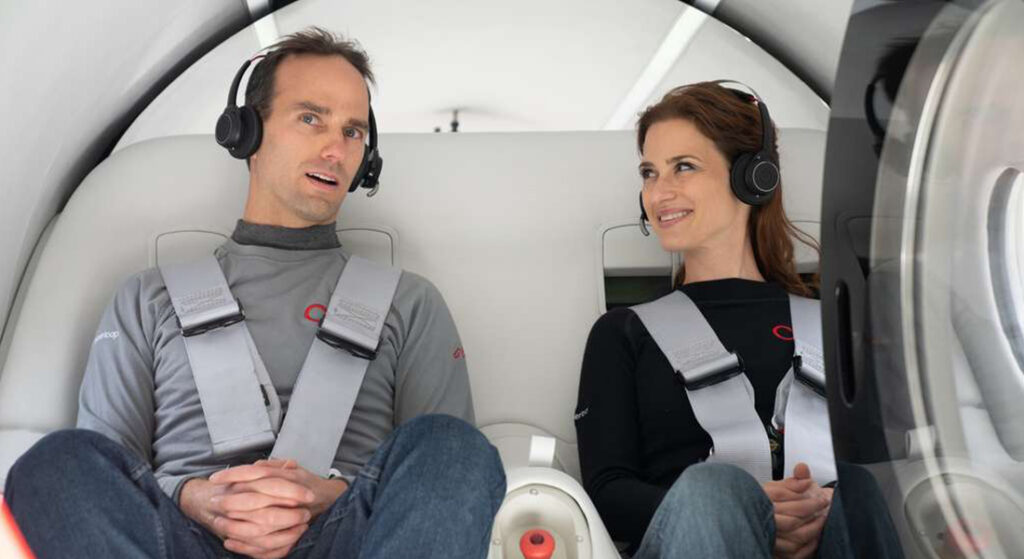
For this test, the magnetic levitation train reached a maximum speed of 172 km/h over a distance of 500 meters. This is a far cry from the last record without passengers in 2017 of 386 km/h. Or the theoretical target of 1200 km/h in 2030. Eventually, each nacelle, the future railcar will be able to accommodate up to 28 people on board. No doubt this will promote the marketing of the subsonic train to railway companies.
10. Uber’s announced promise about its electric vehicles in 2040
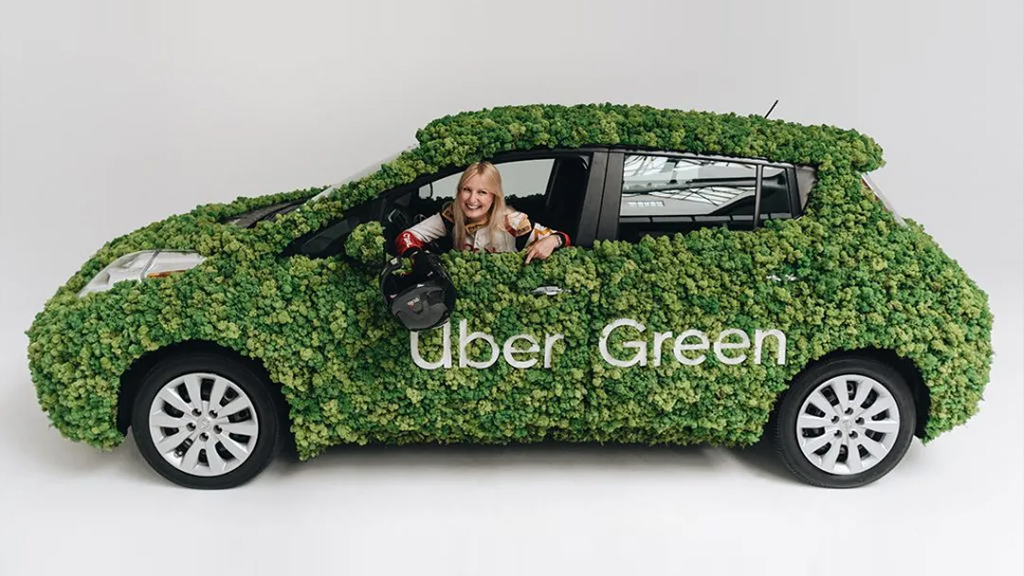
You couldn’t miss this information. We had written an article for the occasion. Always accused of increasing pollution & congestion in cities, several environmental advocates have been calling on Uber to implement a 100% clean fleet. A claim heard by Uber which has announced its commitment to “become a platform completely zero emissions by 2040”.
How ? With a global plan worth nearly $800 million to encourage drivers to opt for cleaner vehicles. Based on 4 actions, the leader mobility group is committed to supporting them in this transition :
1. “Expand their Uber Green to make it easier for riders to choose to travel in hybrids or EVs.
2. “Investing in its multimodal network to promote sustainable alternatives to private cars.”
3. “Committing $800 million in resources to help hundreds of thousands of drivers transition to EVs by 2025. ″.
4. And finally, “be transparent and accountable” for their climate performance.



